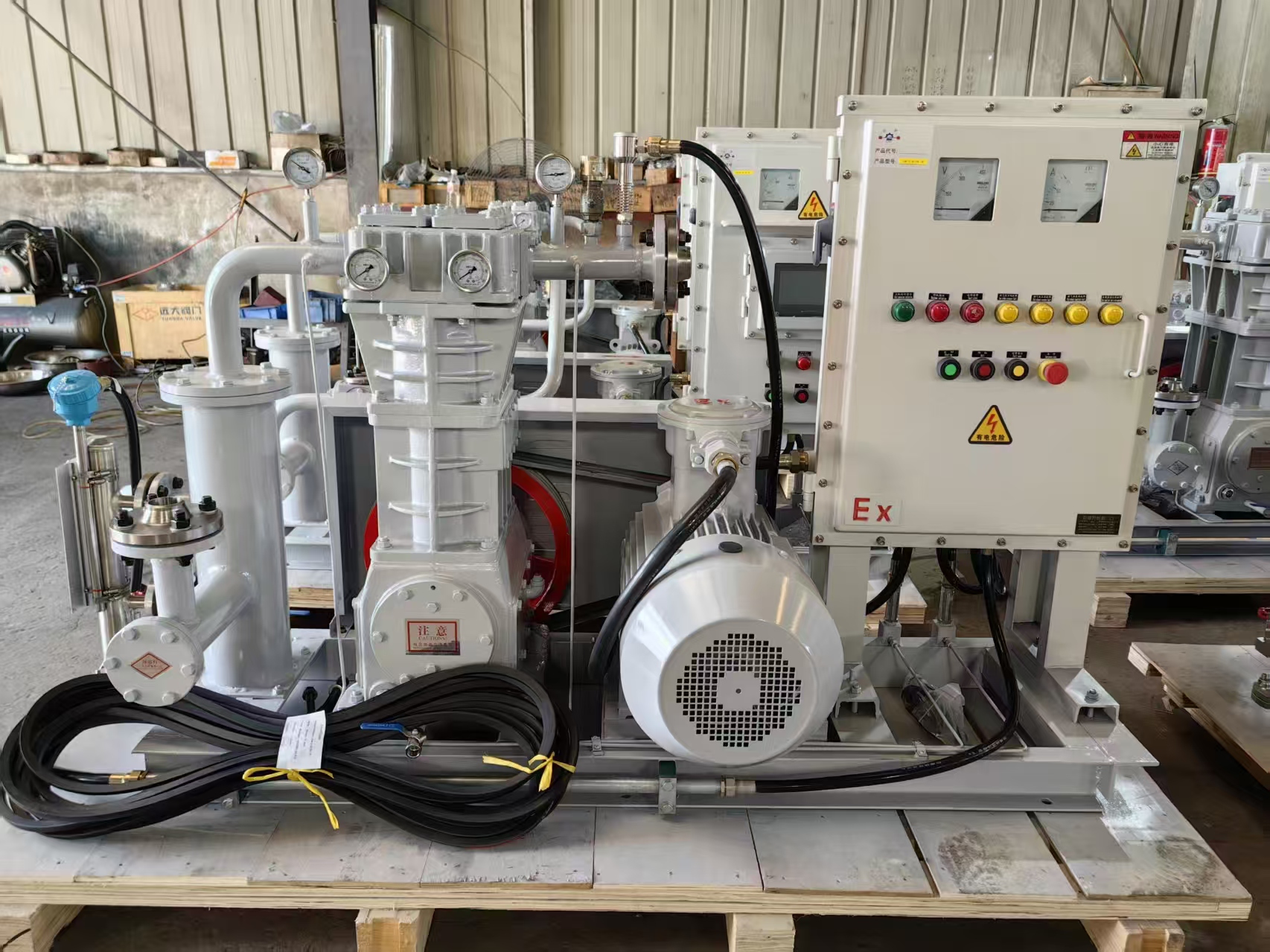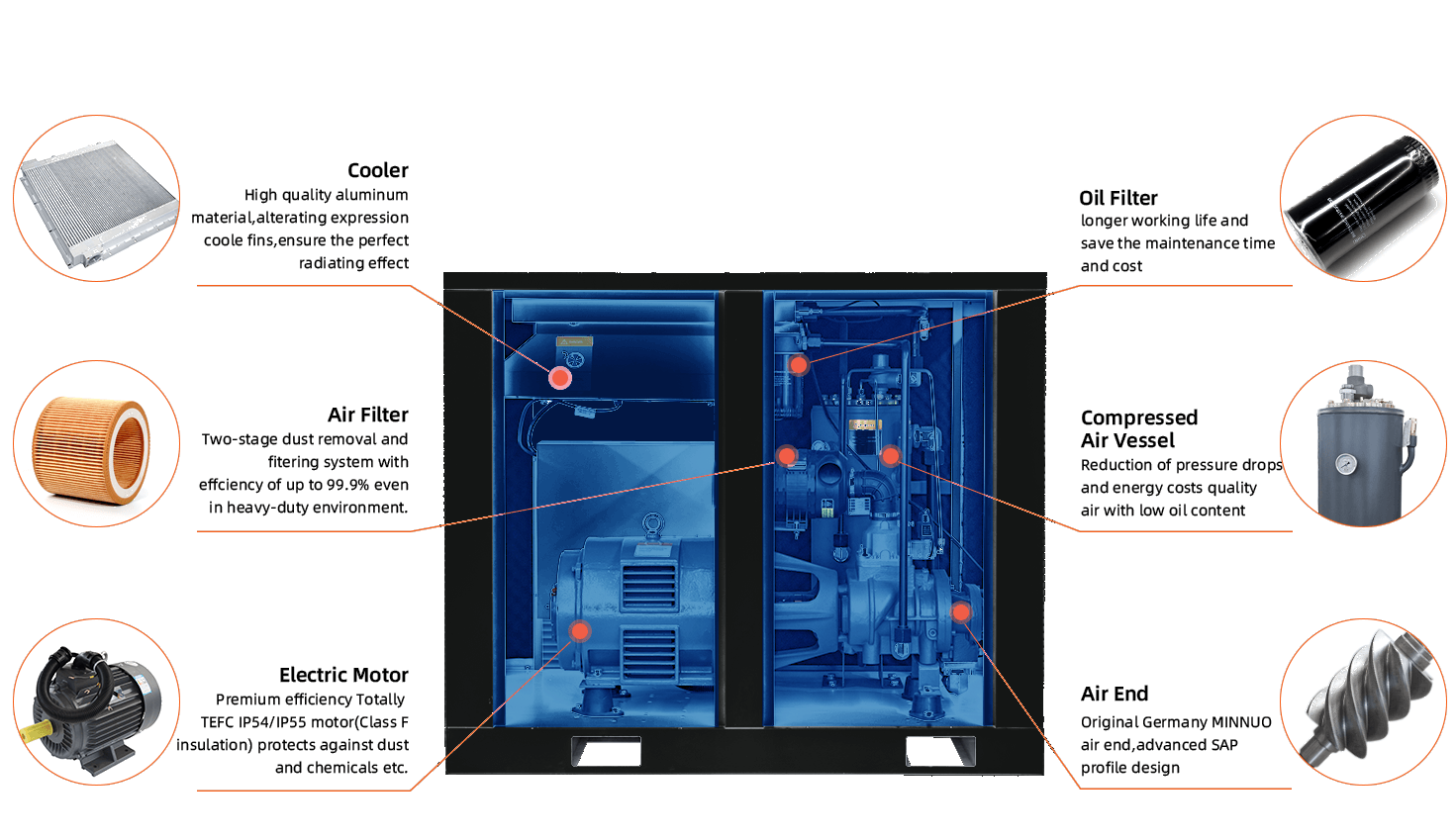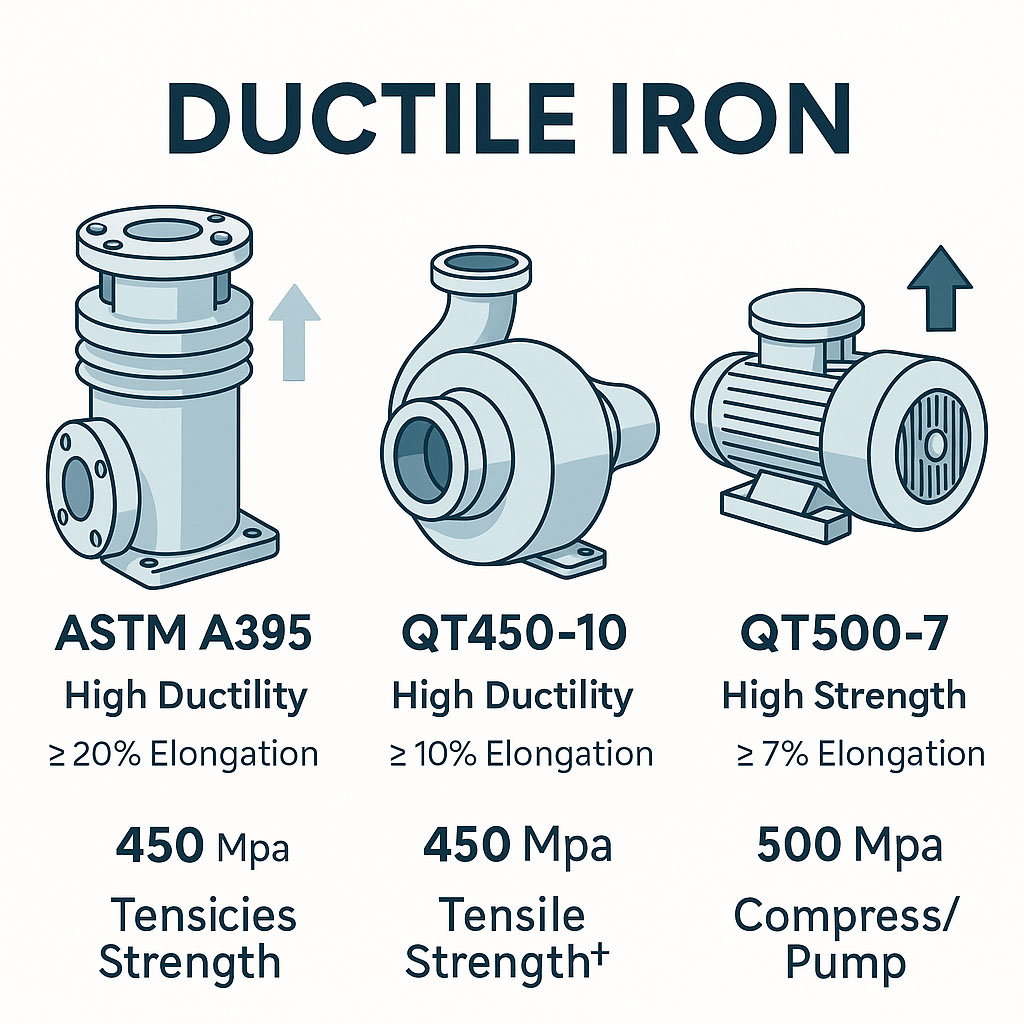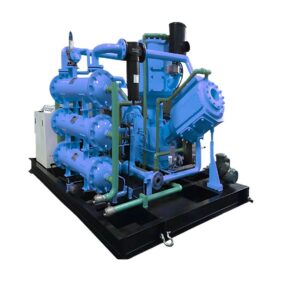了解石化应用中 20Cr13 阀门的泄漏检测
在工业气体压缩领域,有一个因素比其他任何因素都更能决定安全性、使用寿命和可靠性--那就是气密性.无论是处理氧气、氢气还是天然气,阀门一级的任何泄漏都可能造成灾难性后果,包括火灾危险、产品污染或代价高昂的停机时间。
本文将深入探讨 为何、如何、何时、何事、何人 高压压缩机的密封性测试,特别是针对 20Cr13 不锈钢阀门 用于 氧气和氢气系统.我们还解释了如何 Keepwin 技术 通过以下措施,帮助原始设备制造商和石化客户确保无泄漏运行 定制制造的精密部件和经过认证的测试.
密封性测试为何重要
压缩反应性气体或爆炸性气体时,如 氧气 和 氢即使是微小的泄漏也会导致严重的安全风险。在石油化工厂,压缩机经常在高压(高达 250 巴或更高)下连续运行、 气密性不仅是质量问题,也是合规性和生存问题.
例如
- 在 氧气系统泄漏会加速材料氧化,导致火灾或加速磨损。
- 在 氢气应用由于 H₂的分子较小,因此穿透性很强,需要超紧密密封的阀门。
- 在 油气精炼微量泄漏会导致挥发性有机化合物的排放,有可能不符合环保要求。
- 因此,100% 检漏--一块一块-已成为行业规范。
主要测试方法有哪些?
目前常用的几种密封性测试方法各有千秋:
| 方法 | 中型 | 敏感性 | 应用说明 |
| 煤油泄漏测试 | 液体 | 高(视觉) | 经济实用、直观、适用于各种尺寸的阀门 |
| 气压测试 | 干燥空气/N₂ | 中型 | 需要夹具;常用于批量测试 |
| 氦质谱仪 | 他的气体 | 非常高 | 昂贵;用于航空航天、氢气系统 |
| 气泡排放测试 | 空气 + 水 | 中-高 | 直观、简单,但不适合氧气 |
在 奇普瑞我们主要使用 煤油泄漏测试 用于精密阀门,特别是由 20Cr13.这种方法灵敏度高、可目测确认,而且不需要昂贵的测试模具,因此对于大多数客户来说,是兼顾精度和成本的理想方法。
为什么使用 20Cr13 制氧和氢?
20Cr13这种马氏体不锈钢具有各种均衡的特性:
- 良好的机械强度
- 适度的耐腐蚀性
- 出色的机加工性能和密封表面质量
如果热处理得当,可实现严格的公差和精细的表面光洁度,有助于保持 在循环压力载荷下具有很高的密封性能.
在富氧环境中,我们进一步 给所有机加工部件去油 以防止碳氢化合物污染引起自燃。
何时应进行气密性测试?
在 奇普瑞在以下地点进行燃气阀门泄漏测试 两个关键阶段:
- 加工和组装后
每个阀门都经过煤油测试,以检测是否存在严重泄漏。 - 最终包装前
最后一轮测试可确保热处理或部件更换后的密封完整性。
所有结果都记录在 Keepwin 质量跟踪系统如果需要,还可提供泄漏测试报告。
谁最需要这个?
这些行业高度依赖于经过密封性验证的阀门:
- 石化和炼油厂
泄漏可能导致火灾或违规排放。 - 医用和工业氧气供应商
要求组件无油、无泄漏、无脱脂。 - 氢能源项目(燃料电池、电解法)
由于分子大小和爆炸性,对密封性要求极高。 - 高压气瓶充气站
Keepwin 如何提供帮助
在 Keepwin Technology 河北有限公司,我们专注于 定制生产气密阀门组件 处理氧气、氢气、氮气和 CO₂ 的压缩机。我们的服务包括
- 用 20Cr13、316L 和铬镍铁合金加工气门室盖、阀座和螺栓
- 根据客户图纸或实物样品进行 OEM/ODM 生产
- 数控精度与 ISO 标准公差控制
- 100% 每个阀门的煤油泄漏测试
- 用于 O₂ 系统的可选脱脂装置
- 快速周转和灵活的生产批量
无论您是开发氢气加注设备,还是更新医用气体配送的氧气压缩机,Keepwin 都能为您提供 经过测试和认证的精密部件-可随时安装和执行。
最终想法
气密性测试不仅仅是一个技术细节,它还是压缩机制造商与最终用户之间信任的基础。选择正确的测试方法、正确的材料(如 20Cr13)和正确的供应商,才能确保压缩机的长期性能和安全性。
- 您的下一个项目需要防漏阀门组件吗?
联系 Keepwin,获取专业的加工和认证测试服务。
联系 Keepwin Technology
电子邮件: keepwin@keep-win.com
网站: www.keep-win.com











